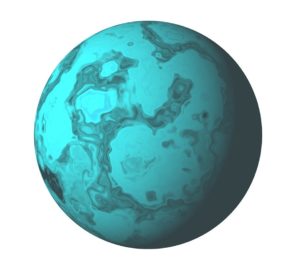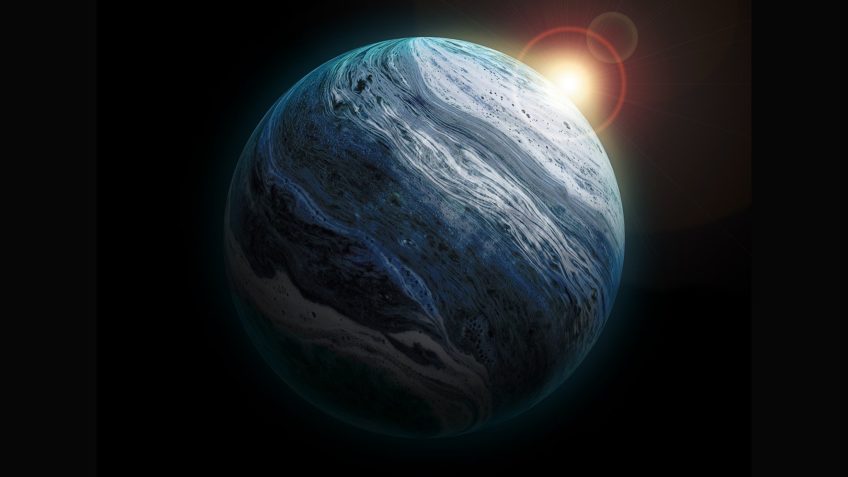
From Earth, Uranus looks like a faraway star. Until March of 1781 astronomers considered it to be a star instead of a planet.
William Herschel was a German composer, music teacher, and all-around regular, decently average guy in his mid-30s living in Bath, England. Herschel’s hobby was astronomy and he built himself a telescope to stargaze in the evenings.
With his DIY telescope, Herschel started studying Uranus in his spare time. He informed the Royal Society, based on its movements, he believed Uranus was likely a comet or a planet rather than a star.
Herschel’s discovery was taken seriously and astronomers from around the world started looking into Uranus and making their own calculations. They found that he was correct. Herschel was suddenly famous because of his observations of the sky.

As a result, Herschel was honored by King George III by being appointed as the official Court Astronomer. The king requested that Herschel move closer to the royal family and he obliged. Herschel became close to the royal family and named the new planet George to honor his new friend, the king. The official name was Georgium Sidus, but for 70 years Uranus was simply called George.
The name didn’t sit well with other astronomers (way too English) so they started tossing around new names for George. In France, astronomers were calling it Herschel for a while. That seemed to make a lot of sense.
Then German astronomer Johann Bode shook things up and suggested that the name should really keep with the theme of naming planets after mythological deities. He suggested the name Uranus, but really, anything but George. He chose the name after the ancient Greek mythological god Ouranos. Ouranos was the god that personified the sky.
In 1850 George officially became the planet Uranus, to the delight of 12 year-olds and immature adults everywhere. It’s universal.
We’ll see ourselves out now. Thanks for the giggles, Johann.

